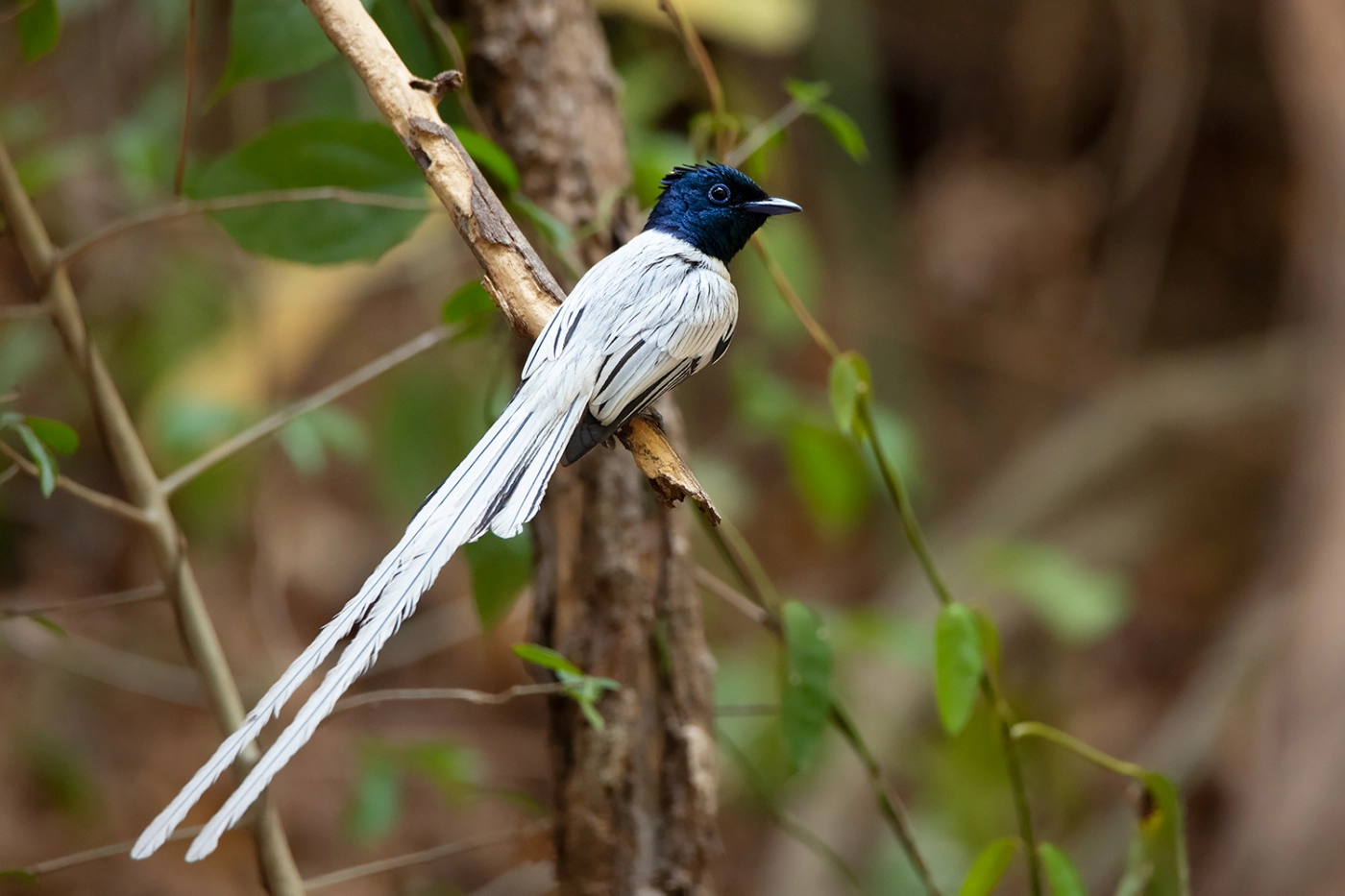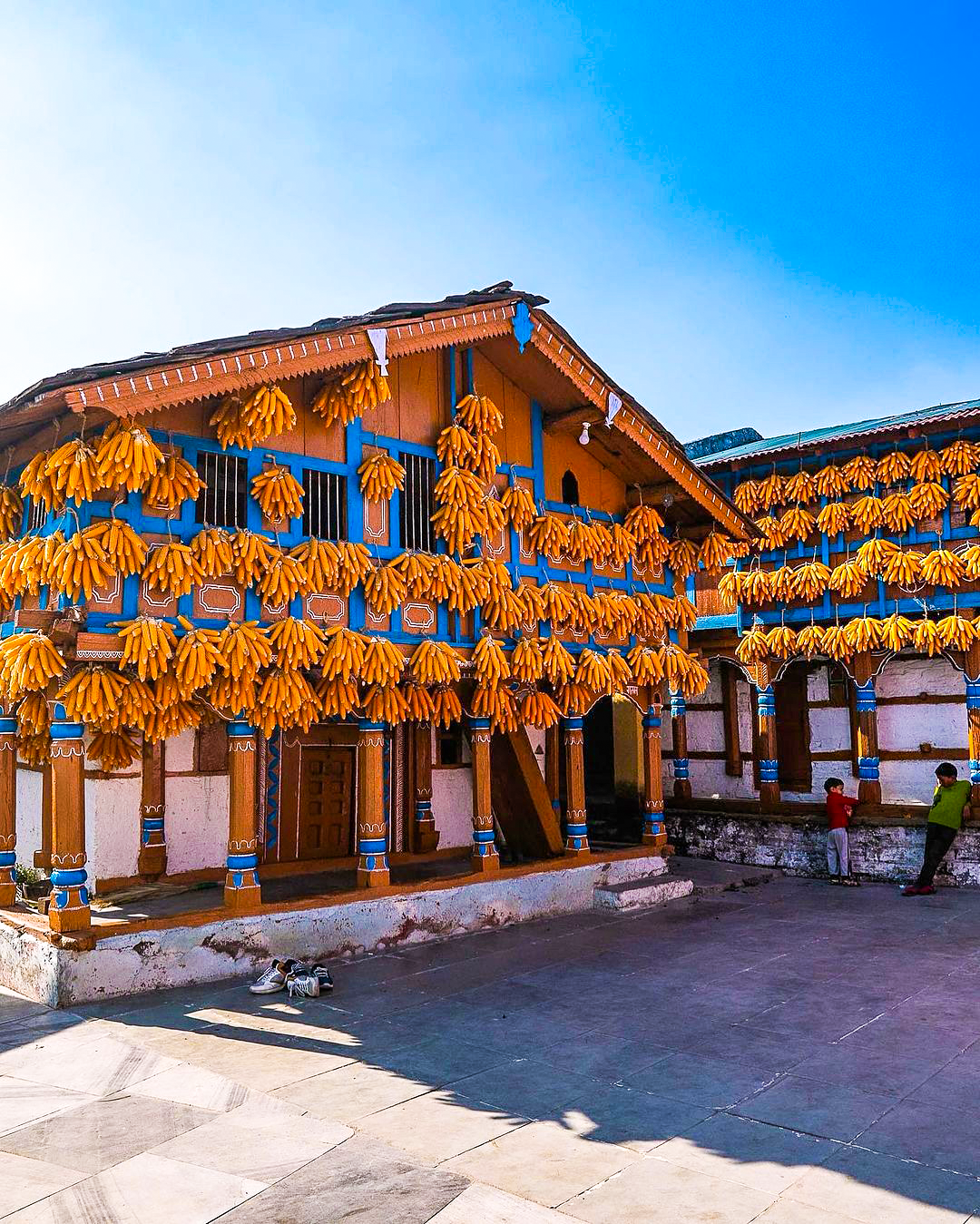The Asian Paradise Flycatcher is a stunning and graceful bird known for its long, flowing tail and vibrant colors. This bird is found across much of Asia, from the Indian subcontinent to Southeast Asia, and even as far as China and Indonesia. It is a member of the monarch flycatcher family, and its scientific name is “Terpsiphone paradisi.”
The male Asian Paradise Flycatcher is especially eye-catching. It has a long, ribbon-like tail that can grow up to 12 inches (30 cm) in length, making it look almost magical as it flits through the trees. The male’s plumage varies in color, ranging from pure white to a deep chestnut brown, depending on its location and age. In contrast, the female is less dramatic, with a shorter tail and a more reddish-brown color, though she is still quite beautiful.
These birds live in a variety of forest habitats, including dense forests, open woodlands, and even gardens and parks. They are often seen in the lower and middle layers of the forest, where they hunt for insects. The Asian Paradise Flycatcher is known for its agility and speed, often catching flying insects’ mid-air in a dazzling display of acrobatics.
Asian Paradise Flycatchers are very active birds. They are constantly on the move, flitting from branch to branch in search of food. Their diet mainly consists of insects, such as beetles, moths, and flies. They are also known for their melodious song, which is a series of sweet, whistling notes. During the breeding season, the male sings to attract a mate, often showing off his long tail and bright colors.
The Asian Paradise Flycatcher builds a small, cup-shaped nest out of grass, bark, and spider webs. The nest is usually placed on a tree branch, often in a well-hidden spot. The female typically lays two to four eggs, which she and the male take turns incubating. After about two weeks, the eggs hatch, and both parents work together to feed and care for the chicks.
Fortunately, the Asian Paradise Flycatcher is not currently considered endangered. However, like many forest-dwelling birds, it faces threats from habitat loss due to deforestation and human activities. Protecting the forests where these birds live is crucial to ensuring their survival.
This species of bird is found in different part of Uttarakhand and seeing them chirping on the tree or soaring high in the sky would be a fascinating view to watch.







